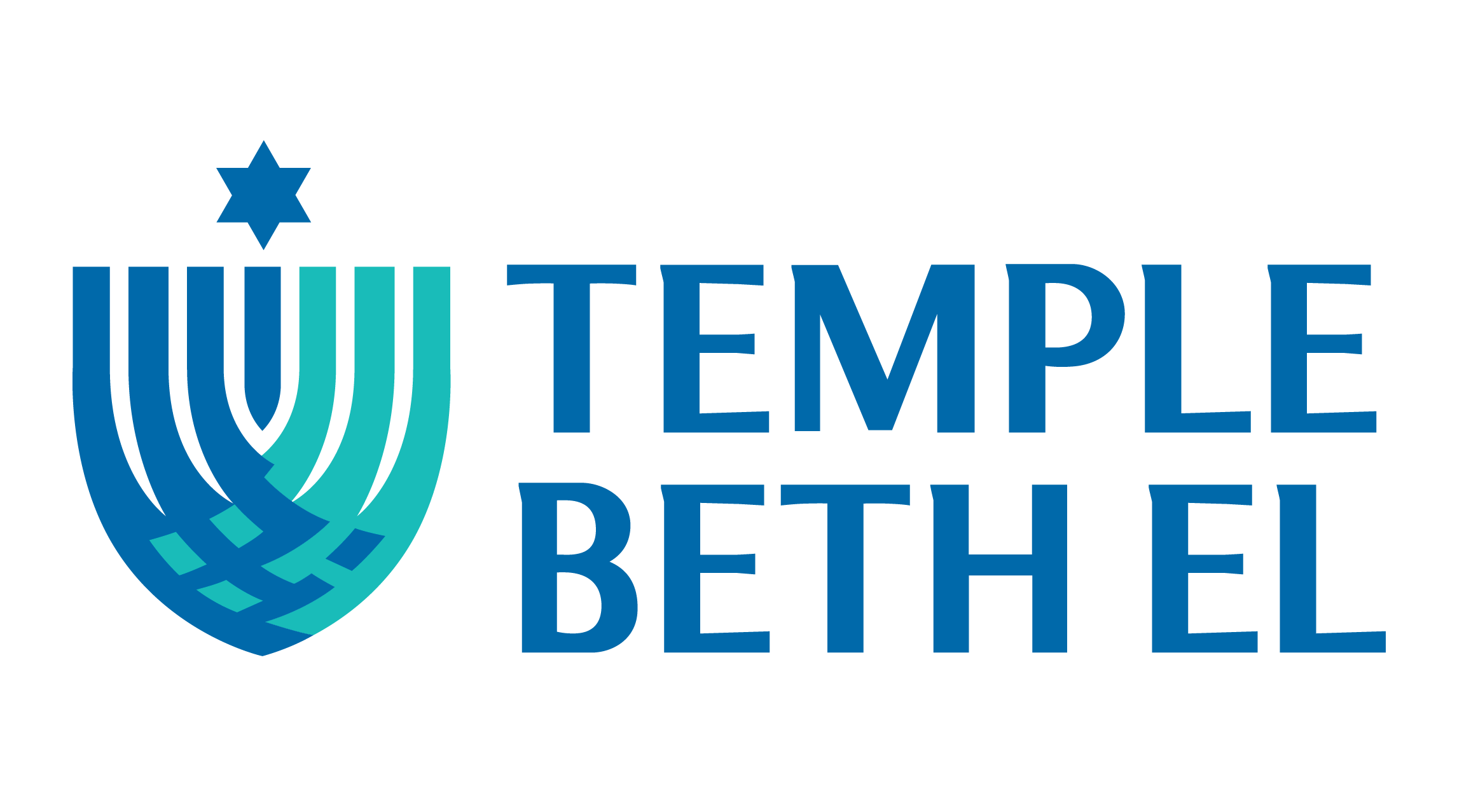Every year, a little over a month after Purim and its revelry, we gather at tables – round tables, square tables, multiple tables cobbled together because we are too many to fit at one table. We gather to dip parsley and ask questions and tell the story, again. We gather to remind ourselves, and each other: Avadim hayinu – once, we were slaves.
In perhaps one of my favorite gleanings from the 2013 Pew Research Study of Jewish Americans, researchers uncovered that more than anything else; more than lighting Shabbat candles, more than fasting on Yom Kippur – more Jews attend and participate in the Passover seder than any other Jewish practice or tradition.
For some, it is simply a great reason to come together, catch up, and eat good food. For others, it is a tradition, and you don’t mess with tradition.
But I also think there is something eternal and timeless about the story we tell at Passover.
We became strangers in a land that had once provided sustenance. Joseph and his brothers came to Egypt for food during a famine, but their descendants, our ancestors, suffered under the might of a pharaoh who “knew not Joseph.” We are all mere generations away, in both directions, perhaps, from living the lives our ancestors sought out for us – or fled in order to avoid.
We became slaves to a leader (and a people…) who could not empathize with our plight. Pharaoh’s heart hardened, over and over again, against the pain and suffering he saw right before his eyes, in his own kingdom. We all harden our hearts to avoid feeling the full measure of pain and suffering experienced by so many in our own communities.
We became hopeless – almost. 400 years of slavery quashed so many sparks of life, so many dreams. It took nine plagues to stir their spirits. Not until the plague of darkness descends do the Israelites pull themselves out of their torpor enough to see the light God has provided in their dwellings.
And yet long before God performs signs and wonders to prove God’s might, two Israelite midwives, Shifrah and Puah, hoped. And they took that glimmer of hope and acted – lying to Pharaoh’s face and allowing Israelite babies to live, despite being ordered otherwise.
And wonderfully, at the end of the story, we became free.
Maybe.
And herein lies the most compelling component of the story of Passover, the part of the story that resounded in our hearts and minds in the year 200 BCE and 200 CE and 1200 CE and still resonates with us today, in 2019.
As Michael Walzer puts it, “Standing on the parted shores of history, we still believe what we were taught before ever we stood at Sinai: that wherever we are, it is eternally Egypt. That there is a better place, a Promised Land. That the winding way to that promise passes through the wilderness. That there is no way to get from here to there except by joining hands, marching together.”
We, each of us, know the feeling of being enslaved. We are shackled by our doubts and our fears, by unhealthy relationships and lifestyles, by our own expectations of ourselves. We will always be slaves moving toward freedom.
And every year, Passover gives us the opportunity to remember that once upon a time, our great-great-great-great-great (you get the picture) grandparents found the glimmer of hope, took a deep breath and a first step.
Chag Pesach Sameyach. May you have the courage to continue seeking freedom from what enslaves.



